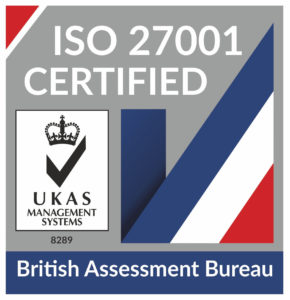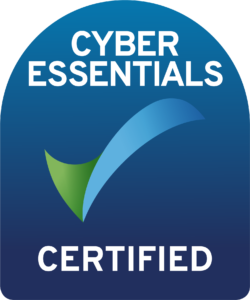
HaloITSM Guides
Documentation to assist with the setup and configuration of the HaloITSM platform
Avalara Integration
In this guide we will cover:
- Enabling the Avalara Module
- Connecting to Avalara
- Importing Customers
- Syncing Entities
- Voiding an Invoice
What is the Avalara Integration?
The Avalara integration allows you to complete a two way sync of customers between your Halo and Avalara instance. You can also send invoices, quotes and sales orders to Avalara from Halo. When sending these entities they will be created in Avalara, using Avalara's tax functionalities to calculate the correct tax rates, this will then be synced back to Halo, updating the entity in Halo with the correct tax rates.
Enabling the Avalara Module
To connect to Avalara, navigate to the Integrations page and turn on the module by hovering over the module and clicking the plus icon.
Fig 1. Enabling the Avalara module.
Connecting to Avalara
Once enabled, click onto 'Avalara tenants' and then click new tenant in the top right.
Then fill in in the information for your Avalara URL in the name field and your username and password.
Fig 2. Connecting to Avalara.
Your details will likely be for a production environment not a developer instance. Your username and password should be your Avalara login details (Company ID will automatically populate once you connect and choose a company).
Make sure to save your details before adding the company and clicking on "Test Configuration". If you want to see if it has connected, you can click Fn + F12 to open the web browser developer console and see the status: 200 (Connection is OK).
Fig 3. Test Configuration button.
Then, navigate back to the Avalara main screen so you can set the Default tenant.
Fig 4. Setting the default tenant.
Importing Customers
So we can authenticate this connection in Avalara, navigate into the Avalara tenant you just created and click Create Certificate from within the customers tab.
Fig 5. Customers tab.
When clicking on Create Certificate, you should see this screen popup.
Fig 6. Provisioned popup.
Then you can import clients using the "Import Customers" button. These will match on name so you will need to ensure the customer names in Avalara and Halo are an exact match to prevent duplication.
Syncing Entities
Then, you can choose what entities you would like to sync to Avalara in the 'Syncing to Avalara' tab.
Fig 7. Selecting entities to sync.
The clients sync will pass information about the client back to Avalara. Invoices, Quotes, POs and SOs will sync across to Avalara when a button is pressed in the individual entity unless the 'Sync Taxes Automatically' checkbox is checked.
Fig 8. Syncing taxes.
Then, you will need to set a default tax code, default item and a default client. These defaults define what should sync to Avalara in the case of a client, item or tax code not being able to be returned from Avalara, however this should not be the case, but it is an Avalara requirement to be set.
The last part necessary is to set the Default Item at Item Group level to define the type of item that this group will be used for. This means that you will need to ensure that your items are grouped correctly (e.g. Software in a dedicated software group).
*The group level setting is not currently applying the Avalara default item to each item in the group, the Avalara default item must be set from within the "Billing" tab of the item, or imported (Check to make sure you can match to existing items using the name field as the unique identifier, and then you can have a second column header to update the Avalara default item called "iavalaraitemcode" which is where you set the field for the Avalara item.*
Fig 9. Import example.
Fig 10. Import options.
The import screen should include the name of the Product and the Default Avalara product.
Fig 11. Default item.
Then your taxes will be calculated by Avalara. The lines of the address used by Avalara are address line 1 and the ZIP code so these will need to be set correctly in your clients/sites.
If you are looking to sync taxes manually instead of automatically, then you will need to click this button in each entity i.e. an invoice. With the setting in the integration "Sync Taxes Automatically" turned off, you will need to manually use this button to sync i.e. invoices to Avalara.
Fig 12. Sync to Avalara button.
Voiding an Invoice
Within Configuration > Billing > General Settings, you can enable the following setting.
Fig 13. Void an invoice option.
When enabled and voiding invoices in Halo, this settings means that the transactions will also void in Avalara. Voiding an Invoice will reset the related invoice entities in Halo such as the Labour will go back into ready for invoicing and it will roll back a Recurring Invoice 'Next Creation Date'.
Popular Guides
- Asset Import - CSV/XLS/Spreadsheet Method
- Call Management in Halo
- Creating a New Application for API Connections
- Creating Agents and Editing Agent Details
- Departments and Teams
- Halo Integrator
- Importing Data
- Multiple New Portals with different branding for one customer [Hosted]
- NHServer Deprecation User Guide
- Organisation Basics
- Organising Teams of Agents
- Step-by-Step Configuration Walk Through



